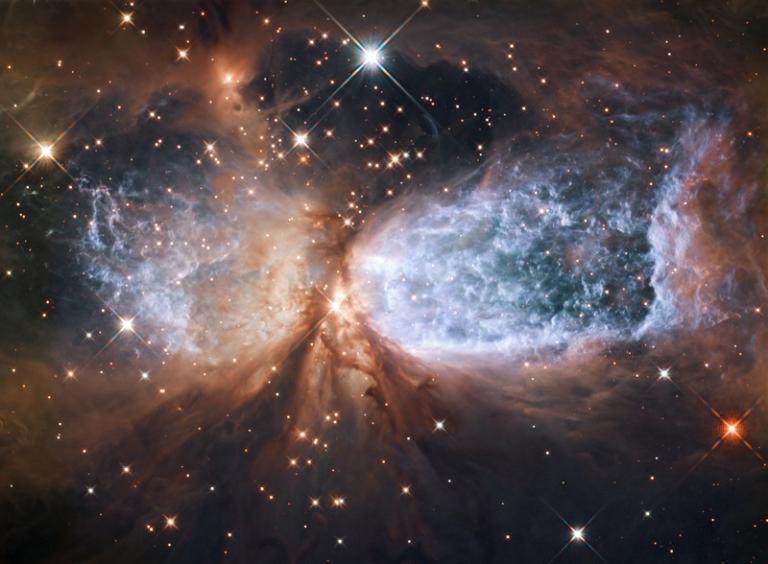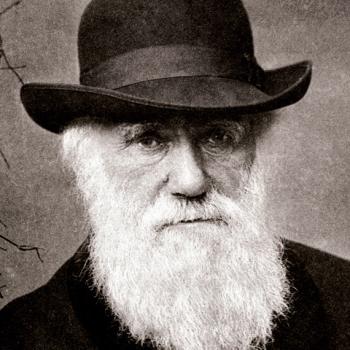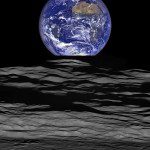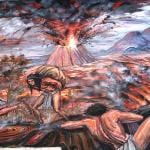
Contemplating the photographs at the two links below seems to me an appropriate activity for at least a few minutes on the Sabbath:
And, incidentally, the photo of the volcanic lightning storm featured at the first of the two links inescapably reminds me of the account of the great destruction given in 3 Nephi 8 and, well, of the series of posts that I devoted to it:
“[T]here were exceedingly sharp lightnings, such as never had been known in all the land” (3 Nephi 8:7).
***
I offer a few more scattered notes taken from my reading of David Wilkinson, God, Time and Stephen Hawking: An Exploration into Origins (London and Grand Rapids: Monarch Books, 2001).
One of the objections that I’ve heard from adherents of secular naturalistic worldviews goes roughly along the following lines: If, as you claim, the universe somehow “intended” to produce intelligent life, if it was at least in some sense “designed” to do so, why did it evidently take so long for intelligent life actually to appear? The answer, surely, is that it apparently had to take so long. The materials of which our physical bodies are made did not exist in the early universe. Nor did they exist in the age of the first stars. They had to wait until after that first generation of stars had at least begun to pass away:
It is in the intense explosions of supernovas that the heavier elements such as gold and uranium are formed. This exploded material, now containing all the ninety-two elements of the periodic table, is mixed with more hydrogen and helium before the next generation of stars is formed. Thus our Sun, and the planets which formed with it, are made out of previous stellar material. The atoms of carbon which make up our bodies were once made in the nuclear furnace of a long-disappeared star. In one sense we are all made of the ashes of dead stars. (42)
The Hubble link given above includes some really beautiful images of star-formation.












